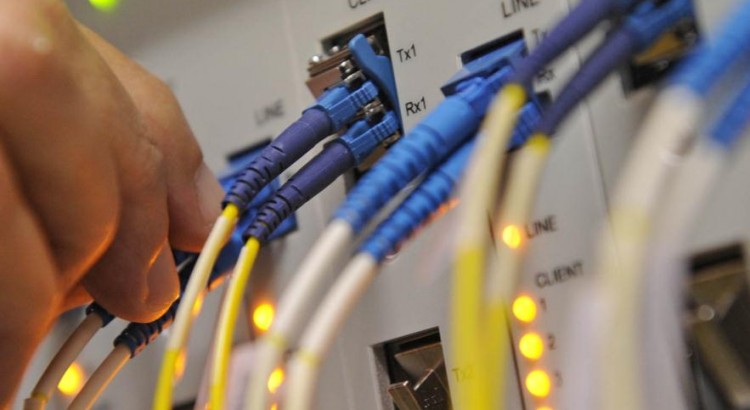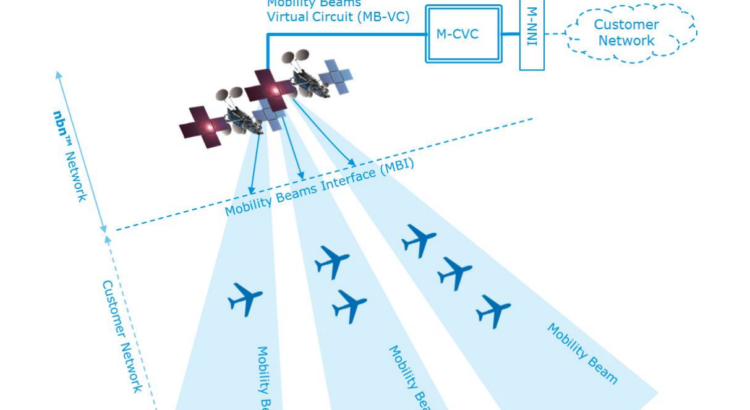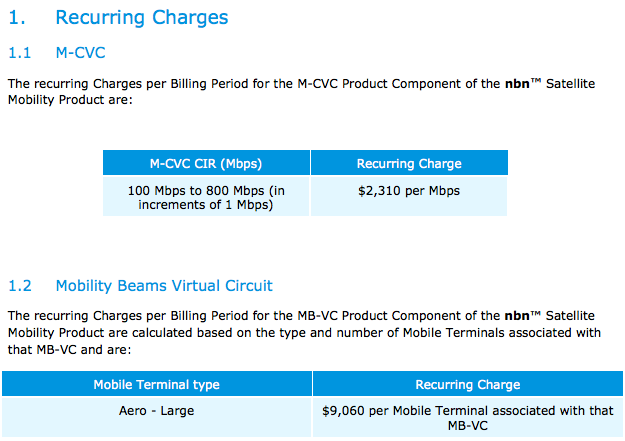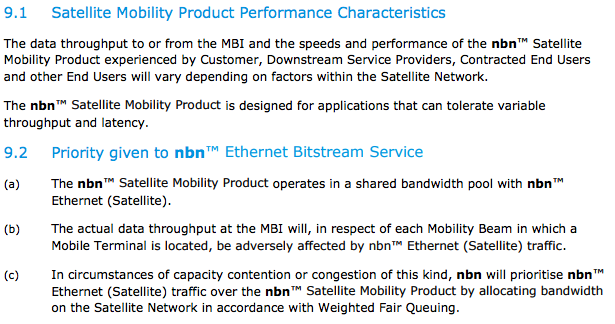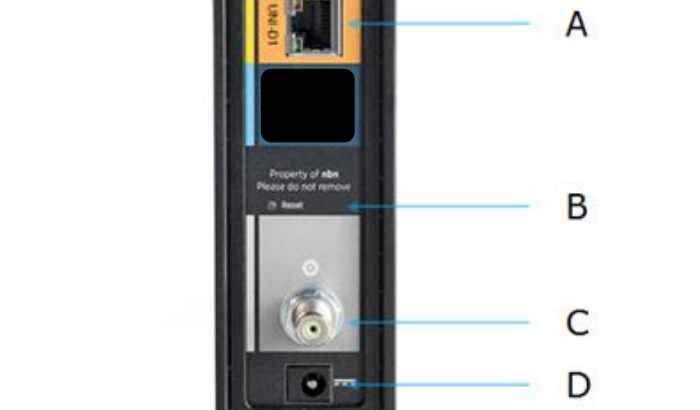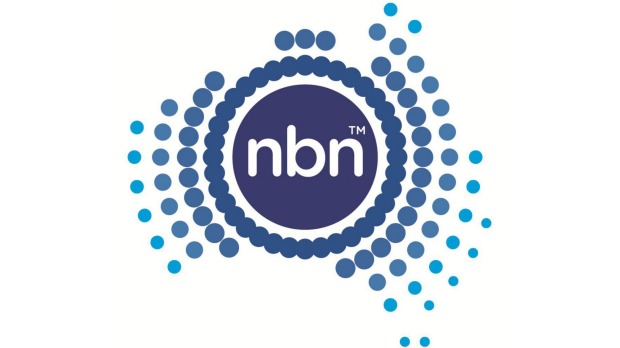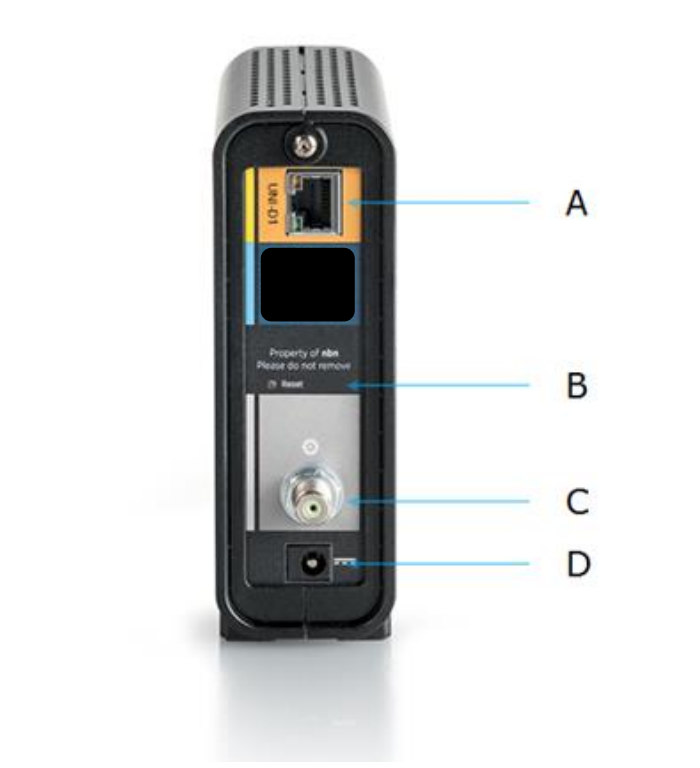I’m a bit busy at the moment, but I thought I’d put together a few of my initial thoughts and questions on the new CVC pricing.
Thanks to a handy-dandy embargo, there are already a plethora of articles around detailing NBN Co’s new (proposed) pricing construct this morning… so, I won’t bore you with the exact details of the changes.
But if you’re not already up to speed, naturally I’d recommend a read of Angus Kidman’s article on the changes on finder.com.au… but this time, it’s also because it includes an analogy to pots and stovetops.
If that doesn’t float your saucepan, other articles are just a quick search away.
Back of napkin calculations
nbn™ 50
The new nbn™ 50 AVC with 2 Mbps of bundled CVC comes in at $45 ex GST vs $34 ex GST currently but with only 50 kbps CVC bundled1.
So the cost difference of $11 ($45 – $34 = $11) is what an RSP would have spent on CVC under the current model. Assuming the industry average charge of $14.25 per Mbps2, the $11 left over would allow them to purchase 0.77 Mbps ($11 / $14.25 per Mbps = 0.77 Mbps).
Since the new nbn™ 50 comes with 2 Mbps, this represents a 1.6x increase in CVC allocation per user for the same price. Not bad.
nbn™ 100
On the other hand, the new nbn™ 100 looks nowhere near as generous.
The new nbn™ 100 AVC with 2.5 Mbps of bundled CVC comes in at $65 ex GST vs $38 ex GST with the 50 kbps CVC credit bundled1.
Doing the same calculations as before, this leaves $27 for CVC under the current model. This is equivalent to ~1.89 Mbps of CVC using the industry average rate1, or a 0.3x increase in CVC allocation per user for the same price currently. That’s tiny.
Given this, I wouldn’t expect the take-up of the new nbn™ 100 product to be huge. The new construct effectively forces RSPs to buy at least 2.5 Mbps of CVC per user all year, all around… which could be a problem.
This constraint will likely deter providers (especially those in the low-cost market) from selling a 100/40 product since: a) CVC-equivalent cost per user is likely above the current annual CVC average cost per user on a 100/40 retail offering, and; b) it gives RSPs no flexibility to reduce CVC in the low-demand season.
Remember, bandwidth requirements can fluctuate seasonally — usually peaking during school holidays.
If NBN Co were to retire the current separated AVC/CVC product set completely (which, by the way, it has NOT said it would do), I’d be surprised to see any 100/40 Mbps plan priced under $110 retail.
More questions
The articles about the pricing changes so far are light on details. So, naturally, I have a few questions about the mechanics of the new products:
CVC mixing for bundled and unbundled products?
An interesting question is whether NBN Co will allow mixing existing unbundled and new bundled products in the future. I doubt they would — otherwise, providers will just buy a bunch of new nbn™ 50 products and allow other customers on the non-bundled AVCs to free-load off the bundled CVC.
How will Dimension-based CVC discount be calculated?
On the front of the Dimension-based CVC discount: if NBN Co allows both bundled and unbundled products to co-exist, will the average CVC allocation per user be calculated across both bundled and unbundled products?
If they don’t, RSPs may no longer be able to afford to offer services to low usage users. These users might cost RSP too much to bump up to the new product set, but since the average CVC per user in the unbundled segment has plummeted, it may cost them too much to leave on the unbundled segment as well.
But if they do, the unbundled products could end up hurting NBN Co’s bottom line more as NBN Co will likely have to pay out more of the dimension-based CVC Discount to RSPs who adopt the new bundled products but also retain a good smattering of unbundled products.
A word on industry average CVC
Note that I am using the industry average1 CVC pricing here as the benchmark.
Even if an RSP allocates more CVC per user on higher speed tiered AVC, the current dimension based CVC discount is calculated on the average CVC allocation per user across all CVCs — making the average a realistic comparison benchmark for most RSPs unless they skew significantly from average.
If they currently allocate more CVC per user than the industry average, the apparent savings under the new structure would be smaller because of the current Dimension-Based Discount.
Conversely, if they allocate less CVC per user than the industry average, the apparent savings under the new structure would be greater.
1 Currently, each AVC comes with a 50 kbps CVC credit. Since it’s such a small amount, we might as well disregard for the purpose of this discussion.
2 Industry average based on ACCC NBN Wholesale Market Report. Average CVC per user is 1.09 Mbps, falling within the 1000 to 1149 kbps bracket in NBN Co’s dimension based CVC discount. This is equivalent to $14.25 per Mbps of TC-4 CVC ex GST.
